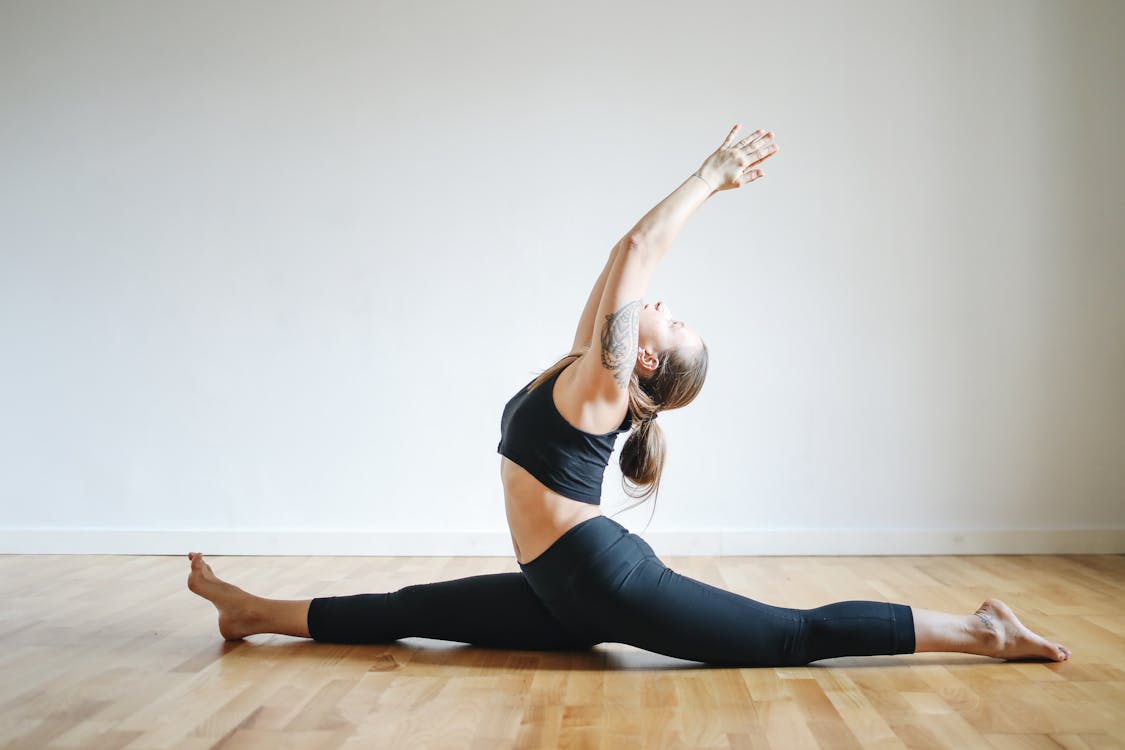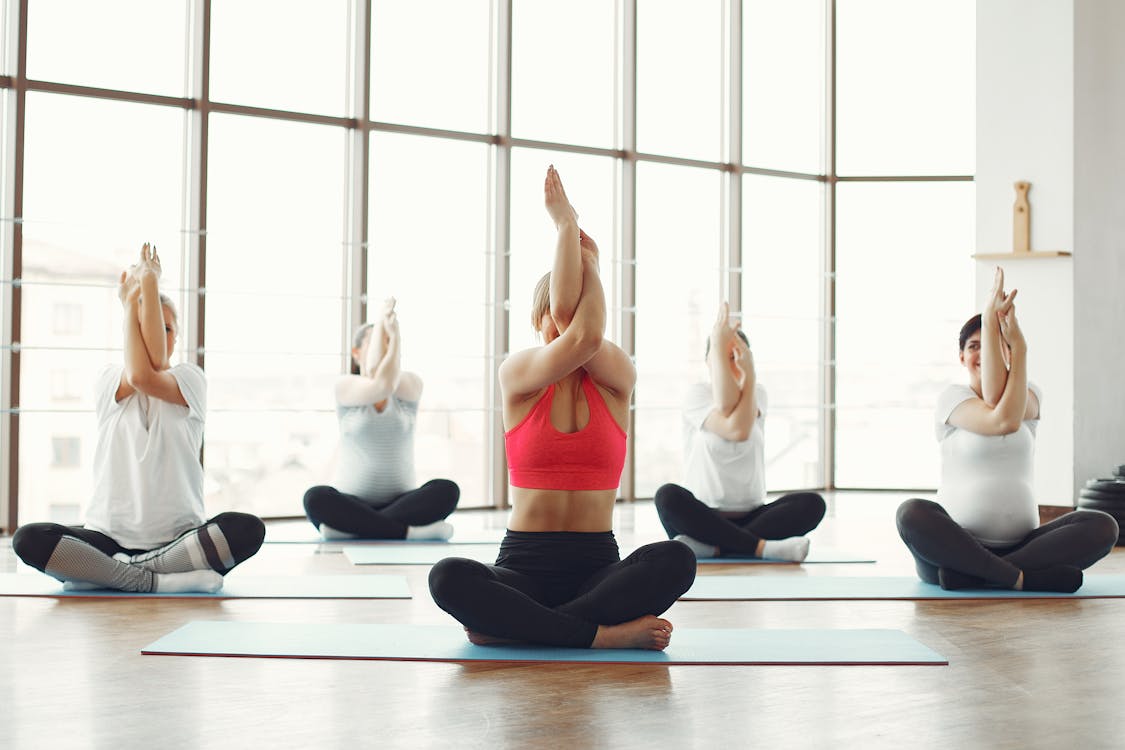The tradition of yoga is very ancient and it originated thousands of years ago.
It is believed that yoga is being practiced since the beginning of civilization. That is, yoga was born long before the birth of the oldest religions or beliefs.
In yoga science, Shiva is considered "Adi Yogi" and "Adi Guru".
After Lord Shankar, Yoga is believed to have started from the Vedic sages and sages. Later Krishna, Mahavira and Buddha expanded it in their own way.
After this Patanjali gave it a systematic form. This form was later expanded by the Siddhapanth, Shaivpanth, Nathpanth, Vaishnava and Shakta panthis in their own way.
The earliest historical evidence related to yoga is the objects found from the Indus Valley Civilization whose physical postures and postures are direct evidence of the existence of yoga during that period.
If we look at the history of yoga, then there is no evidence of its beginning or end, but the description of yoga is first found in the Vedas and Vedas are considered to be the oldest literature.
Pre-Vedic Period (before 3000 BC)
Until recently, Western scholars held that yoga originated around 500 BCE, when Buddhism emerged. But from the excavations done at Harappa and Mohenjodaro, it is known from the yoga postures that the practice of yoga was already 5000 years ago.
Preclassical period (500 BC to 200 BC)
There is a lot of discussion about yoga in the Upanishads, Mahabharata and Bhagavad Gita. The Bhagavad Gita mentions Jnana Yoga, Bhakti Yoga, Karma Yoga and Raja Yoga. In the Geetopadesh, Lord Krishna himself describes Karmayoga, Bhaktiyoga and Jnanayoga while explaining the importance of yoga to Arjuna. In the first verse of the fourth chapter of the Gita, Krishna tells Arjuna-
I have declared this inexhaustible Yoga to Vivasvan. Vivasvan said to Manu Manu said to Ikshvaku. 4.1
That is, O Arjuna, I told this indestructible Yoga to the Sun, the Sun told his son Vaivasvata Manu and Manu told his son King Ikshvaku.
During this period, yoga, breathing and body had become a lifestyle rather than a practice.
That is, O Arjuna, I told this indestructible Yoga to the Sun, the Sun told his son Vaivasvata Manu and Manu told his son King Ikshvaku.
During this period, yoga, breathing and body had become a lifestyle rather than a practice.
During the period of Jain and Buddhist awakening and upliftment, emphasis was placed on the parts of Yama and Niyama. The practice of Yama and Niyama i.e. non-violence, truth, celibacy, asteya, aparigraha, defecation, contentment, austerity and self-study remained more. Even yoga was not given a systematic form. 563 to 200 BC The three limbs of yoga – penance, self-study and Ishvara Pranidhan – were prevalent. This is called 'Kriya Yoga'. Classical period (200 BC to 500 BC)
Classical period (200 BC to 500 AD)

Yoga came to the fore in a clear and holistic form during this period. Patanjali spread Yoga Vidya in the Vedas in 200 BC. Presented in its entirety for the first time. He compiled 195 sutras of Saar Roop Yoga. The Yoga of Patanjali Sutra is Raja Yoga.
It has eight parts:
- Yama (Social Conduct),
- rules (personal conduct),
- Asana (physical posture),
- Pranayama (breath regulation),
- Pratyahara (withdrawal of the senses),
- perception (concentration),
- meditation and
- Tomb
Although physical postures and breathing have also been given place in Patanjali Yoga, more importance has been given to meditation and samadhi. There is no name of any asana or pranayama in the Yoga Sutras.
Many texts related to yoga were composed during this period, in which Patanjali's Yogasutra, Yogayajnavalkya, Yogacharabhoomishastra, and Visuddhimagga are prominent.
Many texts related to yoga were composed during this period, in which Patanjali's Yogasutra, Yogayajnavalkya, Yogacharabhoomishastra, and Visuddhimagga are prominent.
Middle Ages (500 AD to 1500 AD)

During this period, the followers of Patanjali Yoga gave a new approach or new twist to yoga by giving more and more importance to asanas, cleansing of body and mind, doing Kriyas and Pranayama.
This form of yoga is called hatha yoga. Small systems of yoga started in this era.
Modern Era

Swami Vivekananda introduced yoga to the whole world by mentioning yoga in his historic speech at the Parliament of Religions in Chicago. Many yogis such as Maharishi Mahesh Yogi, Paramahansa Yogananda, Ramana Maharishi influenced the Western world and gradually yoga was accepted worldwide as a secular, process-based religious doctrine.
In recent times, three disciples of T. Krishnamacharya, BKS Iyengar, Pattabhi Jois and TVK Desikachar have popularized yoga globally.
On December 11, 2014, Indian Prime Minister Narendra Modi proposed to celebrate International Yoga Day on June 21 in the United Nations General Assembly, which was accepted by 175 out of 193 countries without any voting. Recognizing the importance of yoga, the UN recognized that 'Yoga is a holistic approach towards human health and well-being.
In recent times, three disciples of T. Krishnamacharya, BKS Iyengar, Pattabhi Jois and TVK Desikachar have popularized yoga globally.
On December 11, 2014, Indian Prime Minister Narendra Modi proposed to celebrate International Yoga Day on June 21 in the United Nations General Assembly, which was accepted by 175 out of 193 countries without any voting. Recognizing the importance of yoga, the UN recognized that 'Yoga is a holistic approach towards human health and well-being.
To find best Yoga Center, Yoga Near Me
Source: Wikipedia, Internet Research
Disclaimer: The Fittofitter.com with article, commentaries, latest news, advice, and reviews covering the world of good health and long life. the material in this site provided for personal, non commercial, educational and informational purpose only and does not constitute a recommendation or endorsement with respect to any company or product. you agree that we have no liability for any damage. we are not liable for any consequential, incidental, indirect, or special damage. You Indemnify us for claims caused by you. you should seek the advice of a professional regarding your particular situation.
